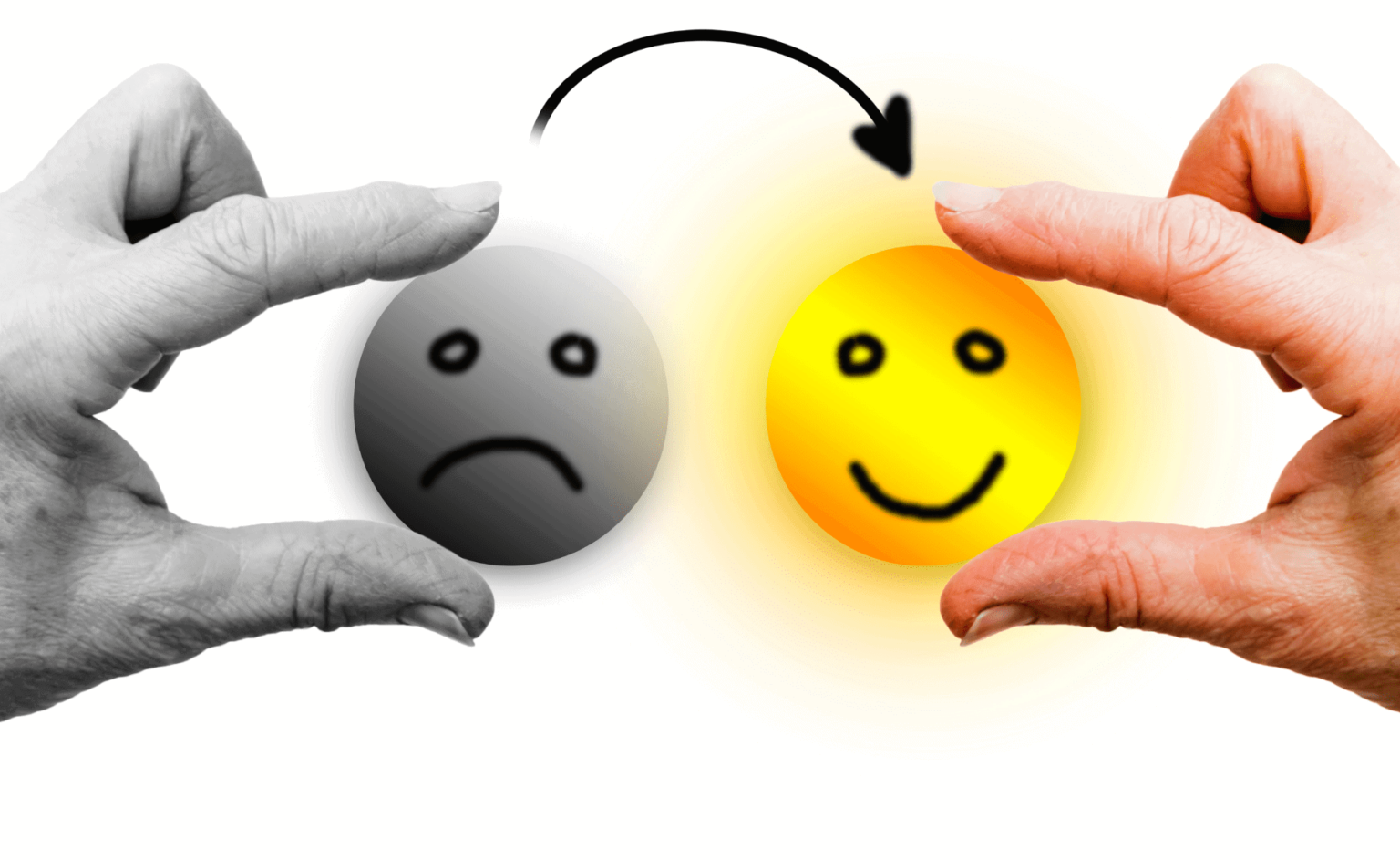
What is Happiness?
Finding happiness involves discovering and cultivating joy, contentment, and fulfilment in one’s life through meaningful relationships, personal growth, and pursuing passions and values aligned with one’s authentic self. The one who goes to the gym suffers from body pain; the one who doesn’t go to the gym suffers from extra weight. The one who has a kid suffers from the challenges of parenting, while the one who doesn’t have a kid may struggle with feelings of longing or unfulfillment. The one who is working suffers from the pains of responsibility, while the one who doesn’t work may grapple with financial hardships. Some people believe there are two lists in our lives: the list of suffering and the list of happiness. However, life consists of only one list: the list of suffering.
The most seemingly simplistic yet profound question one can ask is, ‘What do you want from life?’ The answer, ostensibly, is happiness. However, when probing deeper and questioning individuals about what happiness truly entails, many will respond with a desire for a life devoid of suffering.
In his book ‘The Subtle Art of Not Giving a F*ck‘, Mark Manson asserts that there’s no life without suffering and advises against pursuing such an ideal. Instead, he suggests seeking a life filled with meaningful challenges. Manson encourages readers not to focus on avoiding suffering but to consider which struggles they’re willing to endure and which are worth the effort. He posits that the most crucial question one can ask oneself is, ‘What am I willing to suffer for?
Whether it’s grappling with the pain of loneliness or navigating the complexities of a relationship, experiencing the hardships of divorce or confronting the consequences of toxic behaviour, or facing the struggles of poverty or the challenges of wealth, our responses to these questions define the vision and mission of our lives. These answers serve as guiding principles that help us make better decisions and align our actions with our values.
People often hold the belief that suffering will eventually cease, giving way to a permanent state of happiness. However, the reality is that problems do not vanish; they simply shift and alternate with moments of joy. This dynamic is akin to pulling tissues from a box: as one is removed, another appears in its place, persisting until the box is empty – a metaphor for the entirety of our lives.
How to find happiness?
The question arises: if life is primarily characterized by a single, continuous list of pain and suffering, where does happiness fit in? Many fail to recognize that happiness isn’t the absence of pain; rather, it emerges as the outcome of problem-solving. Every instance of happiness is preceded by a challenge: the struggle to get into college, the quest for employment, the pangs of hunger followed by satiation through eating, and countless other examples.
To attain happiness, one must engage in problem-solving. The number of problems solved correlates with one’s level of happiness, while unresolved issues contribute to a sense of sadness. Achieving balance in this equation involves two strategies: either tackling smaller problems and setting smaller goals or growing and surpassing the size of one’s problems. The choice ultimately rests with the individual. Smaller problems offer easier solutions and modest rewards, yet still contribute to happiness. Conversely, larger problems demand stepping out of one’s comfort zone and enduring greater challenges but yield substantial rewards. It’s essential to align one’s goals with personal values and life vision when making this decision.
Life unfolds as a continuous series of problems, and true happiness emerges as a chain of solved problems. Genuine happiness isn’t found in the absence of challenges but in the joy of tackling and overcoming the problems we’re passionate about solving.
Happiness manifests in embracing the challenges and struggles inherent in various aspects of life: from navigating the complexities of a loving partnership, to tackling the hurdles of a fulfilling career, to embracing the imperfections of one’s homeland. True happiness is intertwined with suffering; it arises from the release of suffering and the joy of overcoming obstacles. Whether solving problems directly or finding meaning in unsolvable ones, happiness emerges from our ability to confront and address the challenges we encounter. Our mission in life isn’t to evade problems but to find the motivation and courage to confront them. True motivation stems from the suffering we willingly choose to endure, while imposed happiness often brings its own form of suffering.
Consider the difference between being coerced at gunpoint to run a mere 100 meters, a situation fraught with suffering, versus voluntarily undertaking the challenge of running a marathon. In the former, suffering is imposed upon us, while in the latter, we willingly engage in the endeavour and find enjoyment amidst the hardship.
While it may be disheartening to acknowledge that life inherently involves suffering, there’s a silver lining: when we actively choose our problems, we experience less pain. Moreover, since happiness arises from solving problems, those who tackle larger challenges tend to find greater fulfilment. Take, for example, Elon Musk and an addicted individual. Both face daily struggles, but while Elon Musk focuses on advancing humanity through projects like outer space travel, the addicted person grapples with finding their next fix. The rewards for solving these problems differ significantly. Elon not only experiences the joy of progress and achievement but also undergoes personal growth. In contrast, the addicted individual’s fleeting moments of happiness are overshadowed by regression and the perpetuation of their addiction.
Instead of futilely searching for a life devoid of problems—a quest pursued by countless individuals over millennia—seek a life where you actively choose your problems and derive satisfaction from overcoming them. Pursue challenges that resonate with you, rather than allowing life to dictate your struggles.
The last point in our journey of navigating life’s challenges and pursuing our chosen problems, resilience emerges as a crucial ally. Resilience is the capacity to bounce back from adversity, to adapt in the face of setbacks, and to persist despite obstacles. It’s the inner strength that allows us to weather storms, learn from failures, and emerge stronger than before. Cultivating resilience is not only about overcoming individual hardships but also about developing a mindset that embraces challenges as opportunities for growth. With resilience by our side, we are better equipped to face the inevitable ups and downs of life, finding not only happiness in problem-solving but also strength in the journey itself.
In conclusion, happiness can be found by nurturing meaningful relationships, pursuing passions and interests, practising gratitude, and prioritizing self-care, ultimately leading to a more fulfilling and joyful life.


 Title
Title  Date
Date Category
Category